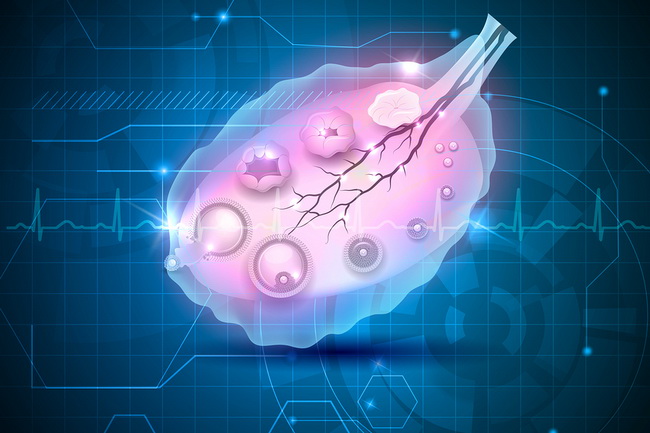- Make It Yourself Lavender Heart-Shaped Bath Bombs!
- 20 Things You Never Knew About “Down There”
- 12 Best Foods For Those Suffering From Arthritis Pain
- 12 Personal Hygiene Mistakes Almost Everyone Makes (Mom Never Told You About #4!)
- 15 Medicinal Plants And Herbs From The Cherokee People
- 12 Mind-Blowing Benefits Of Drinking Coconut Water During Pregnancy
- 12 Outstanding Winter Foods That Won’t Fatten You Up Like A Christmas Turkey
Ovarian Cysts And Ovarian Cancer – The Warnings Signs You Should Never Ignore

Photo credit: bigstock.com
It is virtually impossible for women to forget that they have ovaries. There are those annoying little reminders every month, right? But other than that, most women rarely give their ovaries a second thought — until they have problems such as severe pain or infertility. Women talk a great deal about infertility and ovulation, how to get pregnant, and how not to get pregnant, but how many times do you hear someone talking about the symptoms of ovarian cysts or ovarian cancer? Unless you have had either or someone in your family has, chances are you have no idea what those symptoms might be.
The same is true of ovarian cancer. Because it tends to strike women at a later age, many people think of it as an “older” person’s disease. This isn’t always the case; however, as ovarian cancer tends to go unnoticed for many years before it is finally discovered. Your best protection is to know the warnings signs, and listen to what your body tells you.
First, let’s look at ovarian cysts, since these are more common than ovarian cancer.
What Exactly Is an Ovarian Cyst?
In simple terms, an ovarian cyst is a small sac that fills with fluid either in or on the ovary. Most women have very small ones each month, but they are painless and disappear quickly when ovulation occurs.
There are several types of ovarian cyst and the ones that are painful or that cause complications are the ones most women talk about when discussing cysts. These are what we will look at in this article.
- Endometrioid Cysts – For reasons unknown by scientists, the lining of the uterus in some women begins to grow beyond and outside the uterus, sometimes into the ovaries themselves. Endometrioid cysts, sometimes called endometriomas, are extremely painful, especially during menstruation. These cysts will affect fertility.
- Dermoid Cysts – These cysts are actually benign tumors that usually occur in younger women. These cysts sometimes contain fat, cartilage, skin, or hair. They can be extremely painful and can grow as large as six inches in diameter. These cysts often become inflamed and cause severe abdominal pain.
- Polycystic Ovaries – When follicles fail to open to release eggs, these eggs accumulate on the ovaries. This causes them to enlarge, and often result in a thick outer layer on the ovaries. This thick layer that causes women pain during their periods. Polycystic ovarian syndrome can result in fertility problems and intense pain every month.
- Cystadenoma Cysts – There are two types of cystadenoma cysts. These are sometimes called neoplasms, because new abnormal formations develop from ovarian tissue. One type of cyst, called serous cystadenoma, is filled with a watery fluid and grows between two and six inches in diameter. The other is called mucinous cystadenoma, and this cyst is filled with a thick gelatinous substance and can grow quite large — between six and 12 inches in diameter! There have even been documented cases where the cyst measured 40 inches and weighed more than 100 pounds.
Continue to Page 2
































